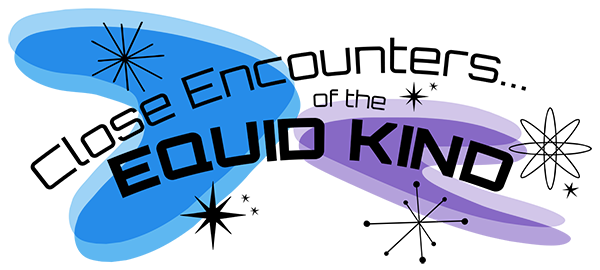Event Title
Horses in the Man’yōshū: Interactions and Transformations in Early Japanese Society
Session
Session 6: Horses and Identity
Location
Mary Tefft White Cultural Center, University Library
Start Date
1-10-2023 9:00 AM
End Date
1-10-2023 10:30 AM
Description
The Man’yōshū is Japan’s earliest extant waka poetry anthology, containing over 4,500 poems in 20 volumes that were compiled sometime after 759 CE. The poems reveal a great deal about elite and commoner life in 7th- and 8th-century Japan, with numerous references to both domestic and wild animals and plants found in the Japanese landscape. Mentions of horses and horseback riding appear frequently in the texts, but there has not been much critical examination of the attitudes people had towards horses at this time or the roles that equines played in ancient Japanese society. Horses were introduced to the Japanese archipelago only around the end of the 4th century CE, and although not particularly numerous three centuries later and used largely by elites, they had nevertheless transformed the social landscape of Japan. Using the Man’yōshū as a primary text, three questions relating to Japanese equine use will be considered. First, how did horseback travel alter ancient Japanese conceptions of distance and time? In what ways was equestrianism adapted to the landscapes and environments of Japan and used to fulfill the transportation needs of Japanese elites? And finally, in what ways did horses become integrated within early Japanese society as a commonplace concept, if not a truly commonplace animal?
Recommended Citation
Nielsen, Anna, "Horses in the Man’yōshū: Interactions and Transformations in Early Japanese Society" (2023). Equine History Collective Conference. 2.
https://docs.rwu.edu/equinehistory-conference/2023/sunday/2
Horses in the Man’yōshū: Interactions and Transformations in Early Japanese Society
Mary Tefft White Cultural Center, University Library
The Man’yōshū is Japan’s earliest extant waka poetry anthology, containing over 4,500 poems in 20 volumes that were compiled sometime after 759 CE. The poems reveal a great deal about elite and commoner life in 7th- and 8th-century Japan, with numerous references to both domestic and wild animals and plants found in the Japanese landscape. Mentions of horses and horseback riding appear frequently in the texts, but there has not been much critical examination of the attitudes people had towards horses at this time or the roles that equines played in ancient Japanese society. Horses were introduced to the Japanese archipelago only around the end of the 4th century CE, and although not particularly numerous three centuries later and used largely by elites, they had nevertheless transformed the social landscape of Japan. Using the Man’yōshū as a primary text, three questions relating to Japanese equine use will be considered. First, how did horseback travel alter ancient Japanese conceptions of distance and time? In what ways was equestrianism adapted to the landscapes and environments of Japan and used to fulfill the transportation needs of Japanese elites? And finally, in what ways did horses become integrated within early Japanese society as a commonplace concept, if not a truly commonplace animal?


